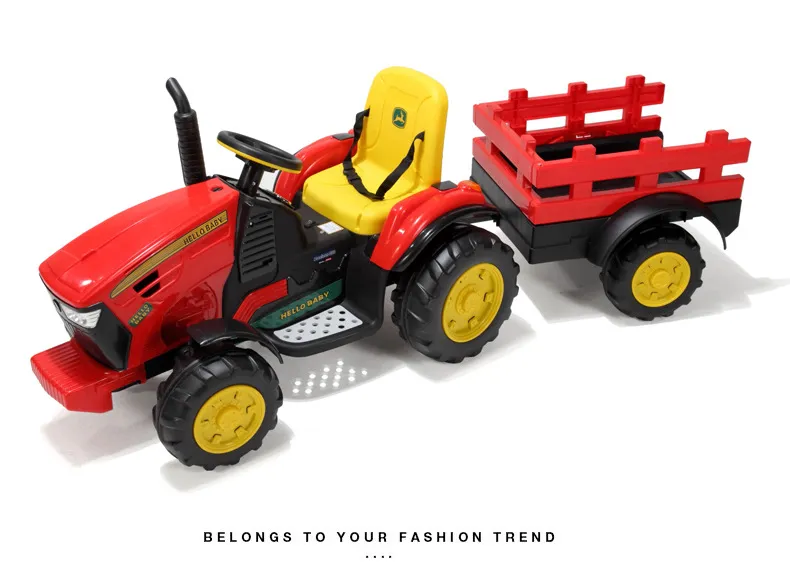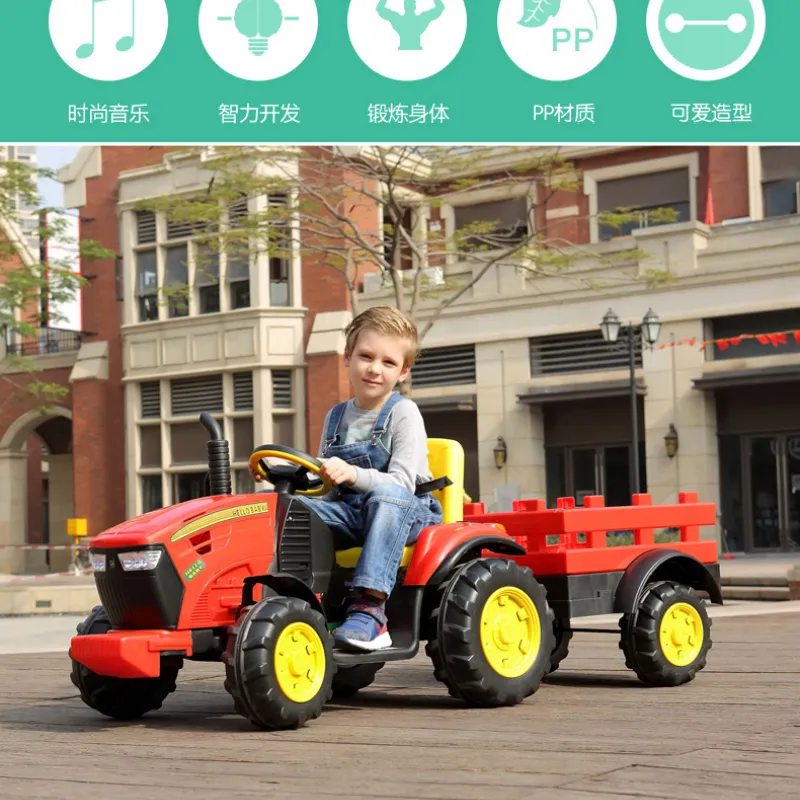Jul . 05, 2025 08:28 Back to list
Kids Scooter with Seat Safe & Fun Electric Scooter for Kids, Adjustable Seat, Easy Riding
- Introduction to kids scooter with seat
and growing trends - Key technological advancements in children’s seated scooters
- Comparative manufacturer insights and market positioning
- Customizable options suitable for varying needs
- Applications: How kids electric scooters with seats are being used
- Concerns, safety measures, and best practices for parents
- Conclusion: The future outlook on kids scooter with seat market

(kids scooter with seat)
Revolutionizing Mobility: The Rise of Kids Scooter with Seat
Over the past five years, the market for kids scooter with seat has expanded dramatically, revolutionizing the way children commute, play, and explore their environment. According to recent market reports, sales of seated kids scooters have grown by 38% annually since 2020, outpacing other categories in children’s mobility devices. This surge is driven by urbanization, safety-conscious parents, and the increasing desire for versatile outdoor play equipment. As more urban families seek eco-friendly alternatives to cars for short distances, seated scooters have become an attractive solution. Notably, the sector now caters to an audience as young as 3 years old up to tweens, with tailored features and designs. The increasing integration of electric models means children not only enjoy physical exercise but also experience the thrill of powered mobility under safe, controlled conditions.
Technological Advancements in Seated Kids Scooters
Technological innovation sits at the heart of today’s kids electric scooter with seat. Key developments include compact yet powerful brushless motors, advanced lithium-ion batteries offering longer rides per charge, and quick-fold mechanisms for enhanced portability. Premium models feature smart sensors that automatically regulate speed based on rider weight or terrain. Manufacturers have placed a strong emphasis on low-vibration suspension systems and ergonomic seat designs, reducing discomfort during extended play. In fact, the 2024 Global Toy & Mobility Report highlights that 66% of parents prioritize battery safety and build quality, while 52% admit to valuing Bluetooth-enabled parental controls for speed limitation. Below is a comparative table to illustrate the technical distinctions among leading products:
| Model | Motor Power | Battery Life | Weight Limit | Recommended Age | Special Features |
|---|---|---|---|---|---|
| UrbanPro KidRider S1 | 120W | 50 mins/charge | 50 kg | 4-8 yrs | Bluetooth controls, Folding handlebar |
| GlideTech FunSeat X2 | 150W | 70 mins/charge | 60 kg | 6-11 yrs | LED wheel lights, Disc brake |
| JoyMove E-Scoot Mini | 100W | 60 mins/charge | 40 kg | 3-7 yrs | Removable seat, Height adjustable stem |
Comparing Manufacturers: Who Leads the Pack?
The competition among manufacturers has fueled innovation and variety in the electric scooter with seat for kids segment. Market leaders like UrbanPro, GlideTech, and JoyMove continually update safety standards, reliability, and user comfort. UrbanPro, for instance, stands out for integrating robust frames with all-terrain capabilities and parental app support. GlideTech's strength lies in vibrant designs and high-end features like regenerative braking and custom programmable lighting, aiming at the upper end of the market. JoyMove, targeting younger riders, focuses on lightweight construction and affordable pricing. Industry analysis indicates that UrbanPro commands a 31% market share in North America, followed closely by GlideTech at 27%, while JoyMove dominates the pre-school segment globally. Their after-sales support, warranty terms, and parts availability also mark significant differences, influencing parent choices.
Customization Options for a Unique Riding Experience
One key attraction of modern children’s scooters is the broad scope for customization. Parents and young riders alike benefit from the ability to choose frame colors, seat covers, and handlebar grips that reflect personality. Additionally, premium manufacturers offer options like app-based ride monitoring, interchangeable seat heights, and removable seats—so that scooters can grow with the child or shift from sitting to standing modes. Safety components, including knee and elbow pads matched to scooter color or design themes, further personalize the user experience. Furthermore, the integration of safety lights, custom horn sounds, and GPS modules represents a leap toward smart, connected transportation for children. With individual preferences becoming mainstream, manufacturers increasingly offer ordering portals for mix-and-match components, with custom builds comprising up to 19% of total seated scooter sales in 2023.
Real-world Applications: Riding Beyond Playgrounds
While primarily seen as toys, kids scooter with seat now have a wide array of real-world applications. In suburban neighborhoods, families utilize them for quick trips to parks, grocery stores, or school drop-offs, combining exercise with eco-friendly commuting. In certain European cities, pilot projects have integrated electric scooters with seats for children into public park rentals, noting a 24% increase in overall family park attendance. Community centers report that seated scooters assist children with limited mobility or balance challenges in engaging more actively in group play. Educational settings have adopted scooters in exercise programs, showing, according to the Children’s Physical Health Survey 2023, a 17% improvement in daily activity levels among participating students. These statistics reinforce how the segment is transforming childhood recreation and family habits.
Safety, Parental Guidance, and Best Practices
As adoption rises, so does the importance of safety education and best use guidelines for kids electric scooter with seat. Industry recommendations stress UL-certified chargers and batteries, non-slip foot platforms, and establishing clearly defined riding areas, especially in neighborhoods with vehicular traffic. Fitting children with appropriate helmets, knee pads, and reflective gear is crucial—data from the SafeKids Global Index 2023 documents a 45% reduction in minor incidents when children used full safety gear and under parental supervision. Manufacturers often provide mobile apps with real-time location tracking and geofence limits. It's also essential to teach children responsible riding etiquette, including yielding to pedestrians and observing local rules. Regular maintenance checks—covering tire inflation, brake efficacy, and battery status—will keep scooters running reliably and safely, extending their usability for families.
The Future of Kids Scooter with Seat: Innovation, Sustainability, and More
The future of kids scooter with seat lies at the intersection of sustainable engineering, smart technology, and evolving family needs. As cities become increasingly conscious of green mobility, expect to see further integration of recyclable materials, solar-charging accessories, and even AI-powered speed controls. Market forecasts suggest double-digit annual growth for at least the next decade, with the segment on track to exceed $1.6 billion globally by 2029. More manufacturers are entering the field, promoting healthier and more engaging play for children while supporting sustainable urban lifestyles. Ultimately, these scooters are not just shaping how kids move—they’re empowering the next generation with independence, confidence, and a curiosity for exploring their world safely.

(kids scooter with seat)
FAQS on kids scooter with seat
Q: What age is suitable for a kids scooter with seat?
A: Most kids scooters with seats are designed for children aged 3 to 8 years. Always check the manufacturer’s recommendations for age and weight limits. Supervision is recommended for younger kids.Q: Are kids electric scooters with seats safe for children?
A: Yes, kids electric scooters with seats are generally safe when used according to the safety guidelines. Ensure your child wears a helmet and protective gear, and supervise their rides. Always choose age-appropriate models with safety features.Q: Can the seat on a kids scooter with seat be removed?
A: Many kids scooters with seats offer removable or adjustable seats for flexibility as your child grows. Always refer to the product manual for instructions on seat removal. This feature allows the scooter to be used as both sit-down and stand-up.Q: How long does the battery last on an electric scooter with seat for kids?
A: Typically, a full charge on a kids electric scooter with seat can last between 40 minutes to 1 hour of continuous riding. Battery life depends on the model, terrain, and weight of the child. Always charge the scooter as recommended for best performance.Q: What is the weight limit for a kids scooter with seat?
A: Most kids scooters with seats support a weight range from 40 to 110 pounds (18 to 50 kg). It's important to check the specific model for its maximum weight capacity. Exceeding the limit can affect safety and durability.-
Discover Top E Bike Brand Insights, Specs & Future Trends | Yanline Bike
NewsNov.24,2025
-
Green E Bike – The Future of Sustainable Urban Mobility
NewsNov.24,2025
-
Ruffian eBike: Durable, Efficient Electric Bikes for Modern Mobility
NewsNov.23,2025
-
Comprehensive Guide to the Global E Bike Market and Future Trends
NewsNov.23,2025
-
Understanding Electric Bicycle Range: A Complete Guide for Smarter E-Bike Use
NewsNov.22,2025
-
Ceron Electric Bike – Efficient, Sustainable Urban Mobility Solutions
NewsNov.22,2025
-
Discover the Benefits and Innovations of Go Ebike | Sustainable Urban Mobility
NewsNov.22,2025




